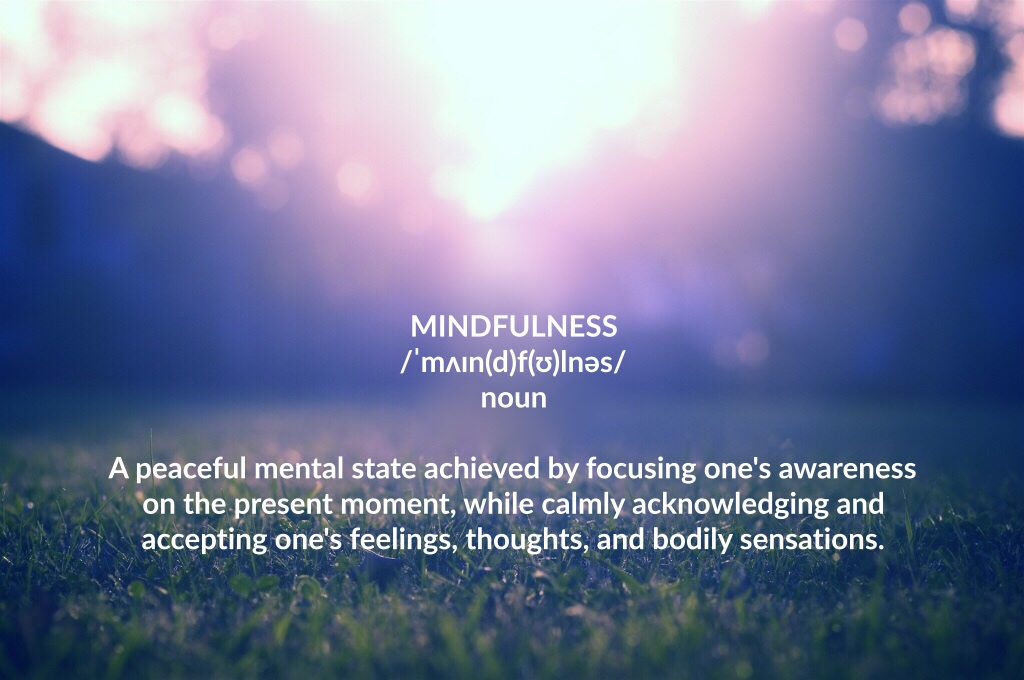“I have learned to be happy where I am. I have learned that locked into the moments of each day are all the joys, the peace, the fibres of the cloth we call life. The meaning is in the moment. There is no other way to find it. You feel what you allow yourself to feel, each and every moment of the day.”
Where does the Concept of Mindfulness Come From?
Mindfulness has now become the buzzword of the 21st century. However, what does it really mean? More importantly what does it mean to be mindful at work?
Mindfulness comes from the Sanskrit word Satipaṭṭhāna which means ‘remembering to remember’. It is the skillful art of coming back repeatedly. It is setting the intention to become aware that your mind has wandered away from the place you intended it to be. It is the art of returning home every time you become aware you have wandered away.
“The founder of the secular Mindfulness movement, Jon Kabat-Zin says:
Mindfulness means paying attention in a particular way; on purpose, in the present moment, and non judgmentally. It is… a turning towards life…. To live life as if each moment is important, as if each moment counted and could be worked with, even if it is a moment of pain, sadness, despair or fear.”
The process can be thought of as the “ABC” of mindfulness:
Awareness – By becoming aware of what you are thinking and doing you can see how your thoughts feelings and impact your behaviour.
Being – Being in the moment, with your experience, ignoring autopilot and feeding problems by creating your own ‘stories!’
Choice – By making the choice to respond more wisely, in hanging-out in the space between reaction and action, we can make healthier, creative choices.
What Exactly is Mindfulness?
Mindfulness is a brain training technique that enhances focused attention and concentration. It is the art of maintaining a moment-to-moment awareness of our environment, thoughts, and experiences.
A fundamental tenet of mindfulness is that acceptance is key to our freedom. We achieve freedom for our distress when we pay attention to our thoughts and feelings without judging them—without believing, for instance, that there’s a “right” or “wrong” way to think or feel in a given moment. When we practice mindfulness, we tune into what we’re sensing in the present moment rather than rehashing the past or imagining the future.
These techniques help to bring us into balance by synchronizing all aspects of our creative, empathetic, and logical abilities by raising awareness to the present moment without judgement and acting on our full intention.
The most important thing to remember however is that being mindful is an innate skill – we just need to exercise its use.
Companies across the Smart Square Mile are tapping into these timeless techniques...
© Hope Bastine 2016



